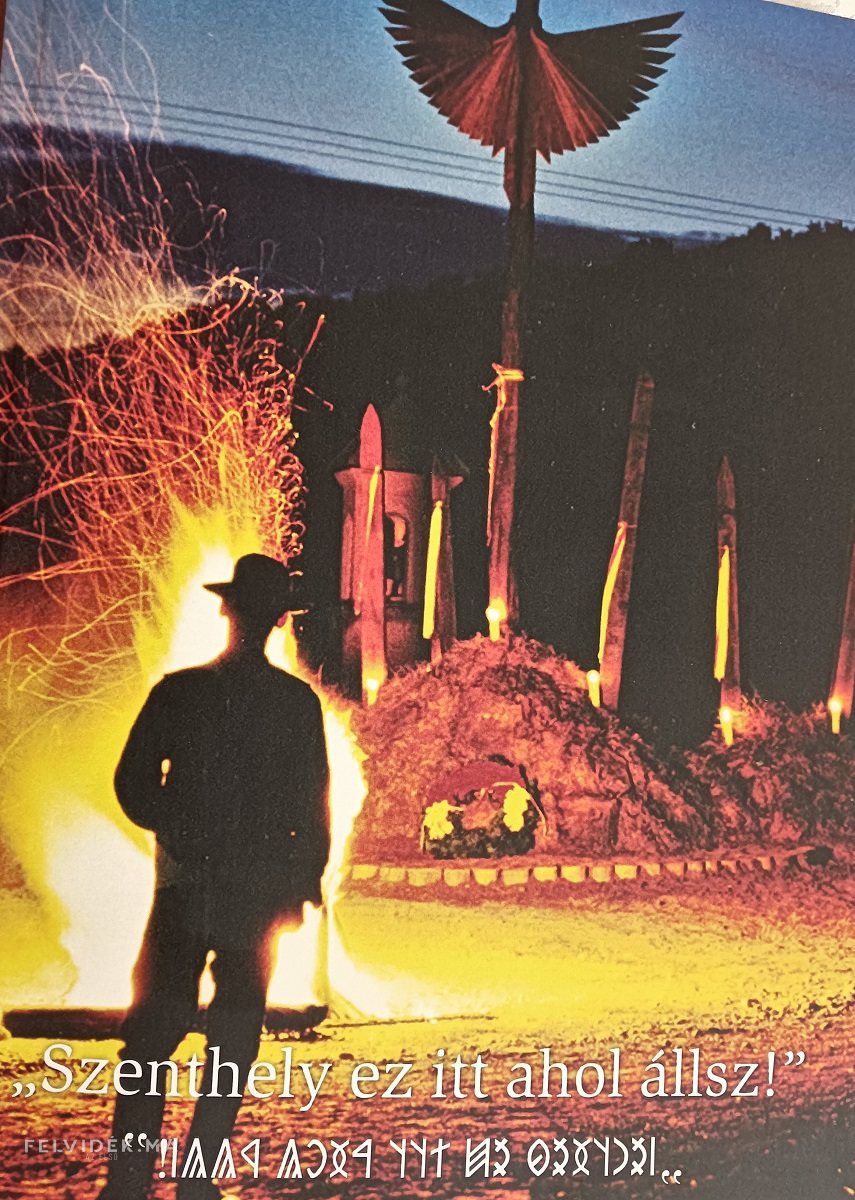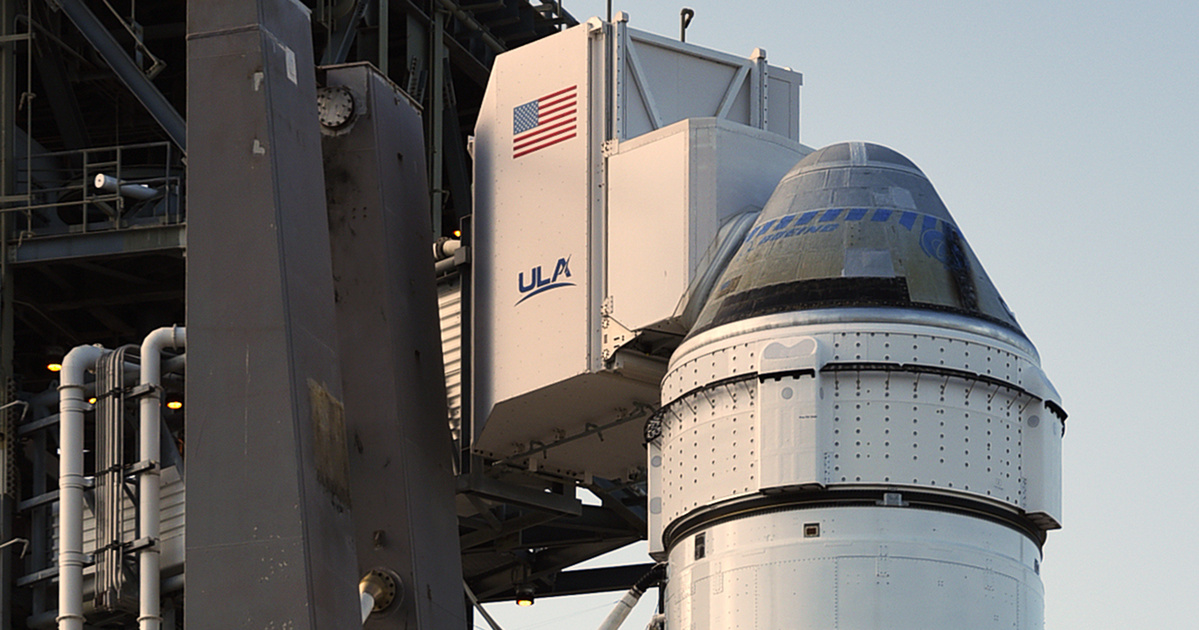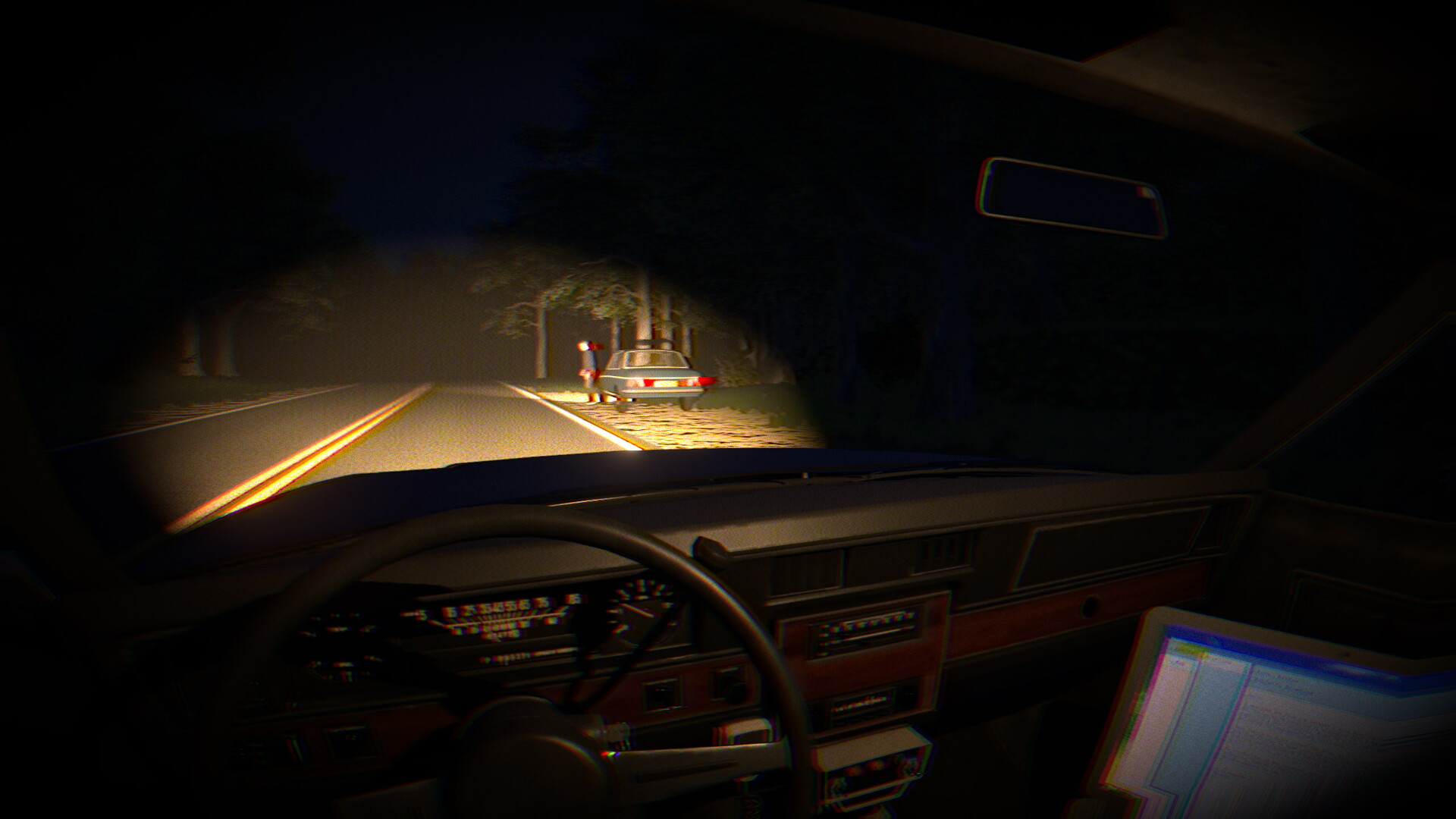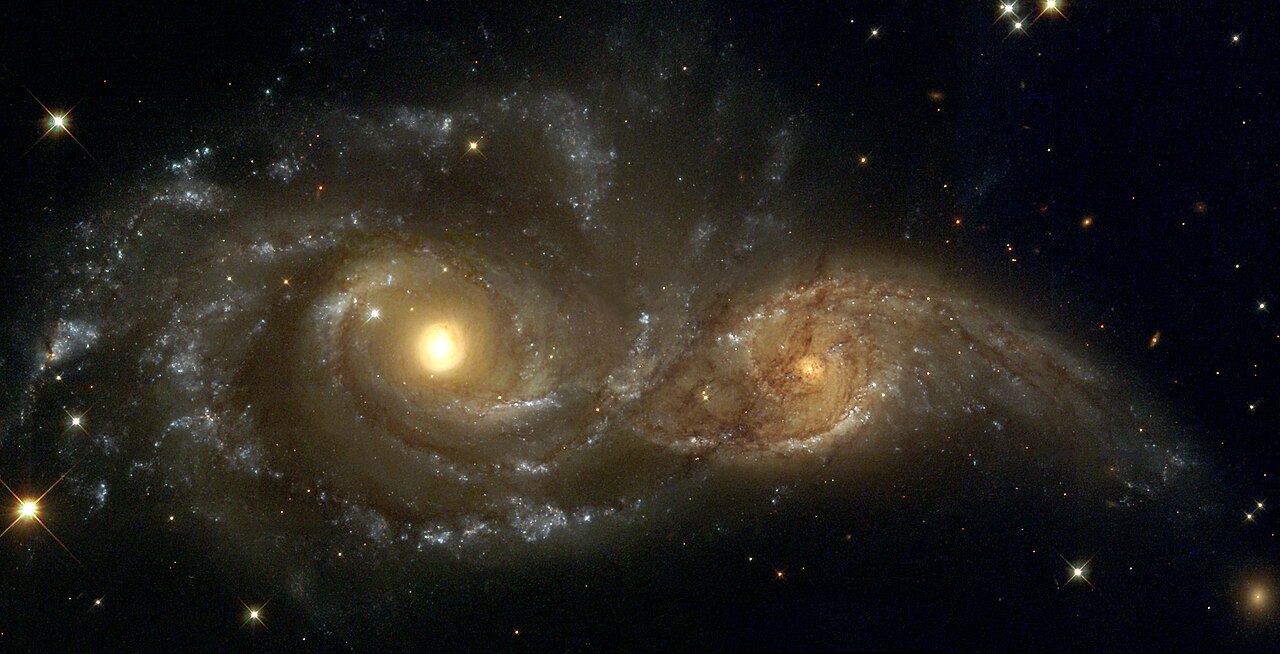Seismic waves have been detected in a new snapshot of an ancient, distant galaxy. This discovery could help scientists understand how our Milky Way Galaxy was born and evolved.
as Teach daily She wrote that the galaxy BRI 1335-0417, which is more than 12 billion years old, is the oldest and most distant spiral galaxy known in our universe.
Astronomers are searching for an answer to how spiral galaxies form in ancient images
Lead author of the research, Dr. Takafumi Tsukui, said the advanced telescope called ALMA allowed them to examine this ancient galaxy in more detail.
“We were particularly interested in how gas moves in and out of the galaxy,” Dr. Tsukui said. “Gas is a key component of star formation and can give us important clues about how the galaxy fuels the star formation process.”
This time, researchers were able to not only capture the movement of gas around BRI 1335-0417, but also detect the formation of a seismic wave, a first for such an early galaxy. The galactic disk, a flat mass of stars, gas and dust, moves like ripples on a pond after a stone is thrown into it.
According to Dr. Tsukui, the vertical movement of the disc is due to an external source. Either new gas flows into the galaxy, or contact with other, smaller galaxies. But what is common is that in both cases the galaxy will be bombarded with some kind of “fuel”, thus promoting star formation.
Galactic bands accelerate the flow
The study also revealed a ribbon-like structure in the disc. Galactic bars can interrupt the flow of gas and transport it toward the galactic center. The range discovered in BRI 1335-0417 is the most distant known structure of its kind. Together, these results show the dynamic growth of a young galaxy.
Because BRI 1335-0417 is so far away, its light takes longer to reach Earth. Therefore, the images seen with a telescope today come from the early era of the galaxy, and we can observe images created by billions of years of light. When the light left the galaxy in the direction of today's Milky Way, the universe was ten times as old as it is now.
“It has been found that early galaxies form stars much faster than current galaxies. This also applies to BRI 1335-0417, which, despite having a similar mass to our Milky Way galaxy, said co-author of the study, Professor Emily Wisniewski, a co-author of the study. “But it forms stars a few hundred times faster.”
The researchers wanted to understand how the gas supply could keep up with such a rapid rate of star formation. Spiral structures are rare in the early universe, and it is not known exactly how they form. This study also provides important information about the most likely scenarios, which could revolutionize this branch of astronomy in the future.
Worth reading:










































